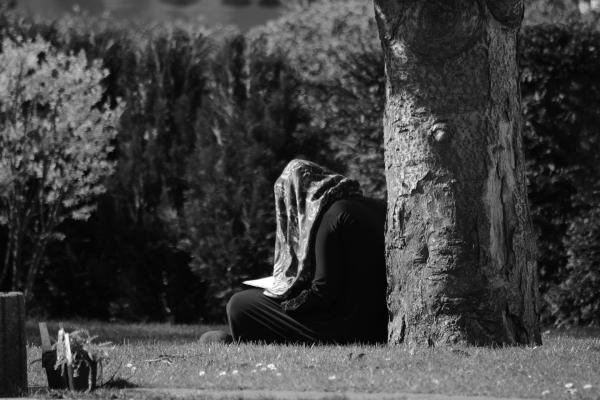
Case study
Scapegoating minority background students
Secondary education (regular and technical secondary schools).
Secondary school students (aged 12 to 18) in regular and technical schools with middle and high percentages of different nationalities, ethnic backgrounds and religious backgrounds. They face key obstacles such as limited knowledge of the language (e.g newly arrived refugees) and cultural obstacles i.e with Roma children. There is a high risk of dropping out of school to work.
Group of students with a mix of minority and majority backgrounds, aged 14 and above.
Repeated thefts in a school are blamed on minority background students.
Any course can be concerned.
Vocational secondary school teachers
Community mediation in the classroom is used to help two or more students resolve conflicts they cannot handle independently. This relies on the involvement of an independent third party (the mediator) to facilitate the process and prompt the advancement of peaceful resolution among the students through communication, negotiation, and problem-solving skills to reach long-term and sensible solutions. Community mediation can take place within or outside the courses in the event of an escalation of a conflicting environment (for example where students form opposing groups) or following a particular incident.
This allows for effective conflict resolution which subsequently promotes social cohesion and social inclusion within the school environment. It also leads to a reduction in school drop outs, less absentees, and less bullying.
Community mediation activities are conducted in cooperation with other techniques such as anger management training and peer mediation.
This leads to enhanced effectiveness and sustainability in the construction of a peaceful classroom and school environment, in the absence of phenomena such as marginalisation, bullying and radicalisation.
Steps of the mediation process
- Identify the problem and collect information: the teacher / mediator meets with the students in a safe environment to allow each of them to describe how they see the problem. Each account is heard without interruptions. The mediator facilitates communication especially via eye contact, summarizing and clarifying the students' stories, and encourages the students to provide a clear picture of how they perceive the problem. Students are encouraged to view the conflict as a mutual problem, and to acknowledge the perception of other persons involved. They are asked to summarise what was said by the others. The mediator uses communication techniques such as eye contact, summarization, and clarification.
- Set out objectives to be achieved during the mediation process: the mediators support students in setting out objectives for the session (both long-term and short-term). Each student provides his/her idea of these objectives and then a common list of agreed objectives is made.
- Develop ideas on how the conflict can be resolved: brainstorming with students to come up with solutions to the identified problems in a non-judgemental and peaceful manner. The mediator takes notes and asks questions for purposes of clarification.
- Evaluate these ideas and choose one: the students discuss the chosen options and consider which meet their set objectives and needs. The facilitator summarises their ideas, asks for feedback, and considers how the students' needs could be met in a sustainable, long-term manner.
- Set out an agreement and ways in which it is to be enforced: students work together to write down an agreement with the selected options, a timeline for their implementation and achievement of goals as well as their roles and responsibilities in carrying these out. If this does not work out, or if it works out only partially, additional mediation sessions can be arranged.
- Establish peer mediation: as a further step, schools can establish peer mediation programmes where the mediators are students rather than teachers. They need to be trained by the teachers on mediation objectives, skills and methods.
Issues to take into account
- If a conflict involves 4 students or more, the activity should take place just with them. If there is a class divided into opposing groups, then it can take place with the whole class. If that class involves more than 15 people then 2 teachers need to act as mediators.
- Does your school designate allowed timeslots where mediation sessions can take place?
- Does your school provide infrastructure and time to allow for the training of mediators? If not, do you think your school would be interested in establishing mediation on a wider level rather than for isolated incidents and dependent upon the will of the teacher?
Learn more about scapegoating here:
